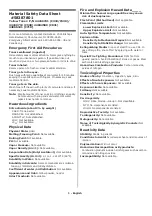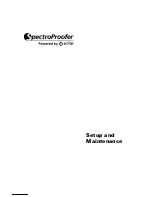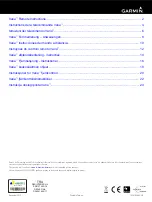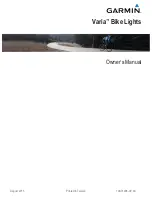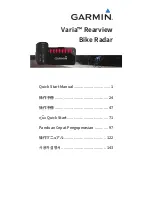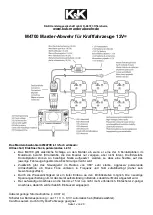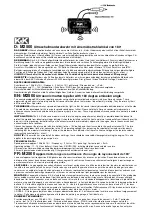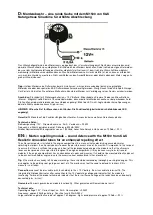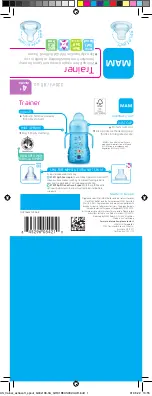
SFH-50 Quick Start Guide
13
In your controller or software you need to specify the directions of
the focus, zoom and joystick/handwheel controls for your particular
head, lens gearing attachments, and preference. For example, some
people prefer the camera to point upward when the joystick is pulled
back, while others prefer the opposite logic whereby pushing
forward (“up”) on the joystick targets the camera upward in the
scene.
For example to set the control directions on an LFP controller you
use the menu option
SET DIRECTION
. On the Mini MSA controller
you can use the same menu option or use the
FWD
and
REV
hardware switches.
4.
Zero the axes.
At the beginning of each session, right after loading the head, you
need to
zero the axes
. This defines a base position at which all head
positions and lens settings are set to zero (0) in the controller or
software. All limits, lens controls, preset positions, and moves that
are stored in the controller or software are measured relative to this
base position. The zero points themselves are not stored in the head
or lens when the power is off, so you need to define them at the start
of each session, by zeroing the axes.
For example to zero the axes with external Lens Control Motors you
first set the
focus to infinity
(
),
zoom to wide-angle
(zoomed out
all the way),
iris/aperture to wide open
. You then use the
controller’s procedure for zeroing the head. For example to zero the
axes with the LFP controller you either go into film mode and use
the menu option
HOME AXES
>
ALL AXES
, or you use the controls
to point the camera head in the direction that you want to use as the
zero position for the head axes and use the menu option
DIRECT
ZERO ALL
.































